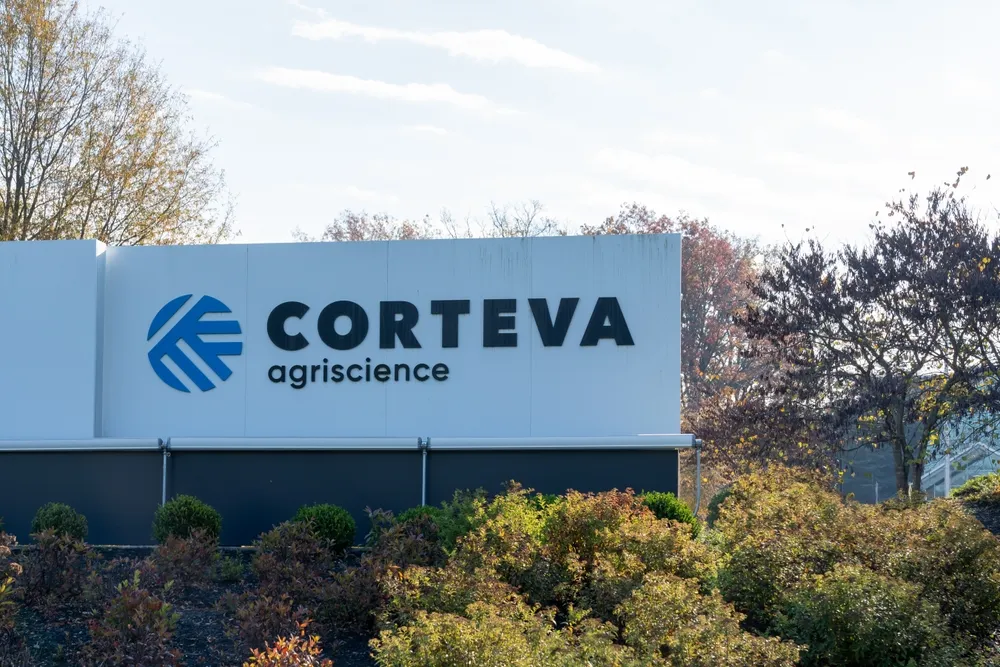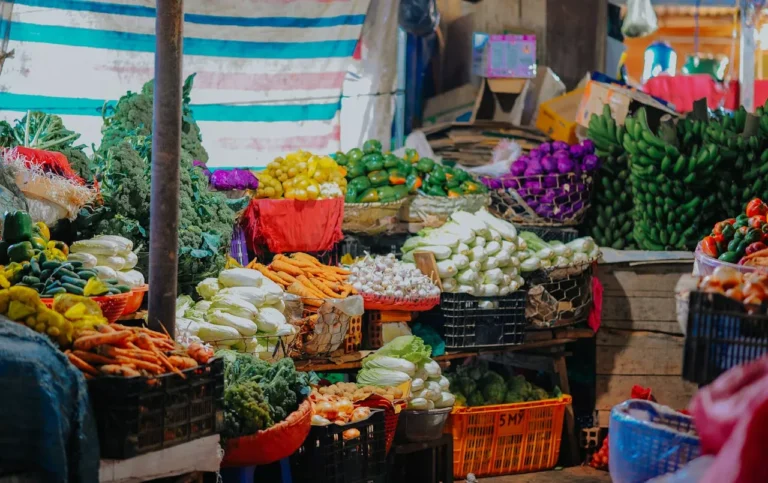
BASF, Corteva Agriscience, and M.S. Technologies, L.L.C. have announced a strategic trait licensing agreement aimed at transforming soybean production in Brazil. The collaboration will combine BASF’s novel nematode resistant soybean (NRS) trait with Corteva’s Enlist E3® and Conkesta E3® soybean technologies—offering farmers in Brazil a first-of-its-kind biotechnology solution to combat two of the most damaging microscopic pests in soybean agriculture: root lesion nematodes (Pratylenchus brachyurus) and soybean cyst nematodes.
This new trait stack marks a significant milestone in agricultural biotechnology, as it is the first-ever biotech solution specifically designed to deliver effective nematode control in soybeans. The NRS trait has shown remarkable performance in addressing these pests, which have long been a persistent challenge for Brazilian farmers. Both pests are known for their ability to cause substantial yield losses and for being notoriously difficult to manage using conventional control methods.
A Proven Breakthrough Against Nematodes
According to Adolfo Vitorio Ulbrich, Regional R&D Seeds Director at BASF Agricultural Solutions in Latin America, the company’s NRS trait has undergone extensive development and testing.
“This novel trait has demonstrated more than 90% control of root lesion nematodes in over 160 field trials conducted during the past seven years,” Ulbrich explained. “We are excited to cooperate with Corteva and M.S. Technologies to bring Brazilian farmers the first commercially available biotechnology trait for soybeans that provides a powerful management tool against nematodes.”
Root lesion nematodes and soybean cyst nematodes pose a silent but severe threat to soybean productivity. These microscopic pests damage plant roots, limiting the plant’s ability to absorb water and nutrients. This results in stunted growth, reduced pod formation, and ultimately lower yields. Losses caused by nematodes in Brazil’s soybean fields are estimated to be in the billions of dollars annually.
Combining Weed and Pest Management in One Package
By integrating the NRS trait into Enlist E3® and Conkesta E3® soybeans, the collaboration will offer a comprehensive solution that addresses multiple crop threats simultaneously.
- Enlist® Weed Control System: A widely adopted weed management system in soybeans, corn, and cotton, Enlist E3® soybeans provide tolerance to three herbicides—2,4-D choline, glyphosate, and glufosinate. This gives farmers more flexibility and effectiveness in controlling resistant and hard-to-manage weeds, a growing problem in Brazilian agriculture.
- Conkesta E3® Soybeans: Tailored for Latin American farmers, this technology incorporates two Bt proteins, Cry1F and Cry1Ac, which help manage major caterpillar pests in soybean crops. Caterpillar infestations can severely reduce yields if not controlled, and this built-in protection reduces reliance on chemical insecticides.
Christian Pflug, Licensing Director for Brazil & Paraguay at Corteva, highlighted the advantage of this combination:
“We’re pleased to have the opportunity to merge our Enlist E3® and Conkesta E3® soybean technology with BASF’s nematode resistant soybean trait. This powerful combination offers growers across Brazil a new tool to defend against Pratylenchus brachyurus and soybean cyst nematode, while also maintaining strong weed and caterpillar control.”
A Collaboration Rooted in Genetic Innovation
The underlying transgenic soybean event in Enlist E3® and Conkesta E3® soybeans is the result of a joint development and ownership arrangement between Corteva and M.S. Technologies, L.L.C. This foundation of collaboration has enabled the three companies to move quickly toward delivering a next-generation product for Brazilian soybean farmers.

Joe Merschman, president of M.S. Technologies, emphasized the company’s focus on genetics:
“From the start, M.S. Technologies has been dedicated to creating the industry’s highest-performing soybean genetics. By pairing Enlist E3® and Conkesta E3® genetics with BASF’s new NRS trait, we’re introducing a significant leap forward in value protection for soybean growers in South America.”
This is not just a case of adding another trait—it is a stacked trait package designed to address three major agricultural challenges at once: nematodes, caterpillars, and resistant weeds.
Commercialization Timeline and Market Potential
BASF, Corteva, and M.S. Technologies expect that commercial varieties featuring the NRS trait within Enlist E3® and Conkesta E3® soybeans will be available to Brazilian farmers toward the end of this decade or early in the next decade, depending on regulatory approvals and the completion of large-scale field testing.
Given Brazil’s position as the world’s second-largest soybean producer—accounting for more than one-third of global output—the market potential for this technology is enormous. While the initial focus is Brazil, the companies have not ruled out introducing the trait stack in other countries facing similar nematode pressures.
The Science Behind the NRS Trait
The NRS trait is a biotechnological advancement derived from years of research into plant-nematode interactions. Traditional nematode management has relied heavily on crop rotation, chemical nematicides, and resistant varieties developed through conventional breeding. However, these methods often fall short, especially when dealing with aggressive nematode species like P. brachyurus, which has a broad host range and can survive in the absence of soybeans.
By incorporating genetic resistance directly into the soybean plant, the NRS trait provides continuous protection throughout the growing season without requiring additional chemical applications targeted at nematodes. This can help reduce input costs and support more sustainable farming practices.
A Step Toward Sustainable Agriculture
Beyond the yield protection benefits, this technology also aligns with broader goals for sustainable farming. Reducing the need for chemical nematicides can lower environmental impact, decrease chemical exposure for farm workers, and support integrated pest management strategies.
Furthermore, pairing nematode resistance with herbicide and insect protection in one seed package can simplify management decisions for farmers, reducing operational complexity and improving return on investment.





